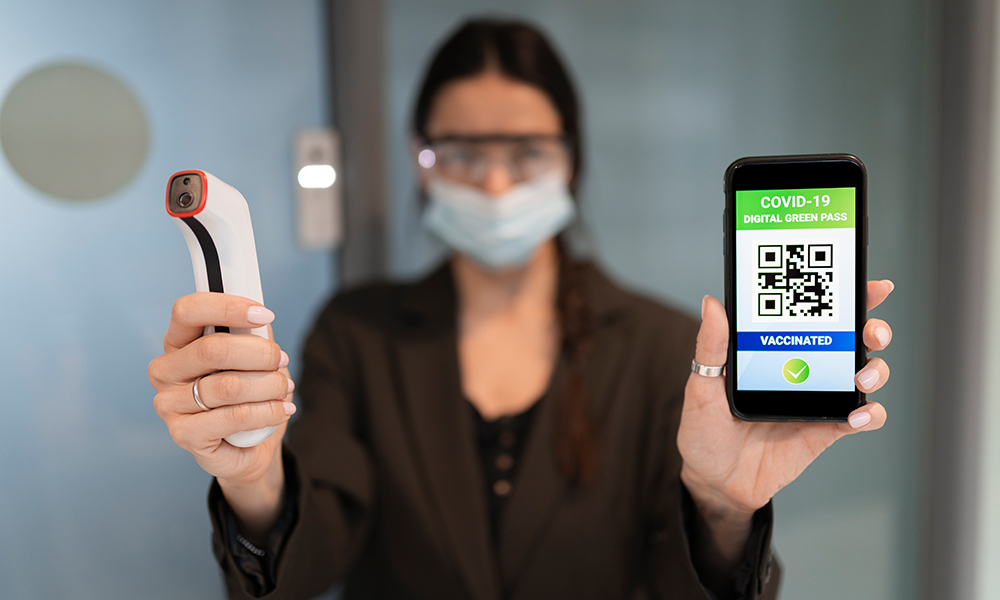
Enhancing Patient Safety and Efficiency: Barcode Solutions in Healthcare
In the fast-paced environment of healthcare, where even the smallest error can have significant consequences, patient safety and operational efficiency are paramount. Fortunately, the integration of barcode technology has provided healthcare facilities with a robust solution to address these critical concerns. Let’s delve deeper into the multifaceted applications and benefits of barcode solutions in healthcare.
Medication Administration:
Medication errors are a persistent challenge in healthcare, with potentially life-threatening implications for patients. Barcode technology offers a proactive approach to mitigating these risks. Each medication package is affixed with a unique barcode encoding essential information such as the drug name, dosage, and expiration date. When administering medication, healthcare providers scan both the barcode on the medication package and the patient's wristband. This dual verification process ensures that the right medication is administered to the right patient at the right time, significantly reducing the likelihood of errors.
Moreover, barcode technology facilitates the adoption of electronic medication administration records (eMAR). Instead of relying on manual documentation, nurses can effortlessly record medication administrations by scanning the barcode, saving valuable time and minimizing the risk of transcription errors. This streamlined process not only enhances patient safety but also empowers healthcare providers to allocate more time to direct patient care.
Inventory Management and Supply Chain Optimization:
Efficient inventory management is essential for ensuring the availability of medical supplies and devices while minimizing waste and costs. Barcode technology revolutionizes inventory management by enabling real-time tracking and monitoring of stock levels. Each item in the inventory is assigned a unique barcode, allowing healthcare facilities to accurately track usage, monitor expiration dates, and automate the replenishment process.
Furthermore, barcode solutions enhance supply chain visibility and optimization. By tracking the movement of supplies from procurement to usage, healthcare organizations can identify inefficiencies, streamline workflows, and negotiate better terms with suppliers. This proactive approach not only reduces costs but also ensures that essential items are always available when needed, optimizing patient care delivery.
Patient Identification and Tracking:
Positive patient identification is critical for delivering personalized care and preventing errors. Barcode technology simplifies patient identification and tracking by assigning each patient a unique barcode linked to their electronic health record (EHR). From admission to discharge, healthcare providers can scan the patient's barcode to access vital medical information, verify identity, and track their journey throughout the healthcare system.
Barcode solutions also facilitate seamless communication and collaboration among multidisciplinary healthcare teams. By providing instant access to patient information, barcode technology ensures continuity of care, reduces redundant testing, and minimizes the risk of adverse events. Additionally, barcode-enabled wristbands enhance patient safety by including essential information such as allergies, medical conditions, and emergency contacts.
Laboratory Testing and Specimen Management:
In the realm of laboratory medicine, accuracy and efficiency are paramount. Barcode technology optimizes laboratory testing and specimen management by providing a reliable means of sample identification and tracking. Each specimen is labeled with a unique barcode, allowing laboratories to accurately track samples from collection to analysis.
By scanning the barcode at each step of the testing process, laboratory staff can ensure traceability, minimize errors, and expedite turnaround times. Barcode-enabled specimen management systems also support automated workflows, reducing manual interventions and enhancing overall laboratory productivity. This not only improves patient care by delivering timely and accurate test results but also empowers healthcare providers to make informed clinical decisions.
Implementation Considerations and Challenges:
While barcode solutions offer significant benefits for healthcare organizations, successful implementation requires careful planning, investment, and ongoing support. Healthcare facilities must invest in robust barcode scanning equipment, integrate barcode systems with existing IT infrastructure, and ensure interoperability with other healthcare applications.
Moreover, staff training is essential to maximize the effectiveness of barcode solutions and promote a culture of safety and efficiency. Healthcare providers must understand the importance of barcode scanning in preventing errors and adhere to standardized protocols and procedures. Regular maintenance of barcode scanners and proactive identification of scanning errors are also critical to ensuring the reliability and accuracy of barcode systems.
Furthermore, healthcare organizations must address challenges such as barcode symbology variations, data privacy concerns, and interoperability issues. Collaborating with industry stakeholders, adopting standardized barcode formats, and leveraging emerging technologies such as radio-frequency identification (RFID) can help overcome these challenges and drive the widespread adoption of barcode solutions in healthcare.
Conclusion:
Barcode solutions have emerged as a transformative technology in healthcare, offering a myriad of benefits for patient safety and operational efficiency. From medication administration to inventory management and patient identification, barcode technology streamlines processes, reduces errors, and enhances overall quality of care. However, successful implementation requires strategic planning, investment, and collaboration across healthcare stakeholders.
As healthcare continues to evolve, barcode solutions will play an increasingly integral role in optimizing patient outcomes and transforming the delivery of care. By embracing barcode technology and leveraging its full potential, healthcare organizations can enhance patient safety, improve efficiency, and ultimately advance the quality of healthcare delivery for all.
